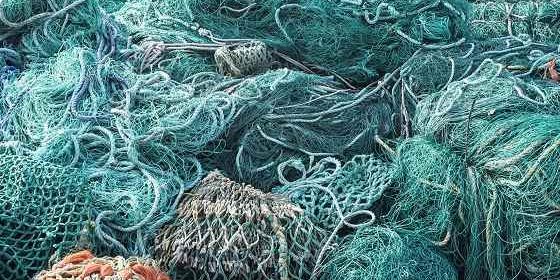The craft of net making has been around for thousands of years and almost certainly precedes many of the crafts which we are more familiar with today such as metalwork and carpentry. Today, whilst some nets are still handmade, modern technology means the nets of all kinds, including custom nets, can be created at the push of a button.
The way in which modern nets are manufactured would seem like a different world from those who lived at the time of the first nets ever created. What is considered to be the earliest known net is called the ‘Net of Antrea’ which was unearthed in 1913 along with other ancient fishing equipment and is believed to date back to around 8300 BC, which equates with the stone age.
Although many ancient artifacts are uncovered in Africa and the Middle East, Antrea is actually in Russia and is now called Kamennogorsk. With no disrespect to the fine citizens of that Russian town, the ‘Net of Kamennogorsk’ does not sound quite as distinctive so we will stick with Antrea.
The Antrea Net measures 89 feet by 10 feet which is considerable given that the tools people of the time had for making a net would have been very basic. The materials used for the construction of the net included willow and nettle fibres and with the net’s mesh measuring 2.4 inches, it is believed it was used for fishing salmon and bream.
Moving on from the stone age, it is clear that nets were used throughout ancient times with the paintings and mosaics of the Greeks, the Romans, and the Egyptians, all depicting nets which are primarily being used for fishing.
Coming further forward in time, we can see that net manufacturing was in existence on a commercial basis in England around the late 11th century. This is documented in The Doomsday Book which was an early example of a census ordered by King William The Conqueror, and for those of you interested in history it can be accessed online.
At the time, making and supplying nets was done on a small scale, and it tended to be individual households who carried out the work. In the main, the females of the house did the weaving although this skill was taught to the children of the family so that they could also help make the nets.
The main material used was twine, and this would be threaded through a needle and woven using a block of wood, which was called a lace. Those making the net could create them in any size and given that they were being made by hand it is reasonable to believe it was tiring work.
This method of making carried on for centuries, and it was not until the industrial revolution of the 19th century where large-scale mills took net manufacturing to another level. These mills would employ thousands of workers, and while this method of net production was quicker, it meant long hours, poor working conditions, and was extremely dangerous for workers given the lack of safety regulations in those days.
Today, net manufacturing takes place using state-of-the-art technology and automated machinery, and you are more likely to see one of the employees at a computer terminal keying in the dimensions for a custom net than a factory full of manual labour.
Materials have also changed dramatically with stronger and more durable man-made materials used and the types of nets made today go way beyond just fishing with sports nets, safety nets, pet enclosures, and cargo nets just a few examples.






